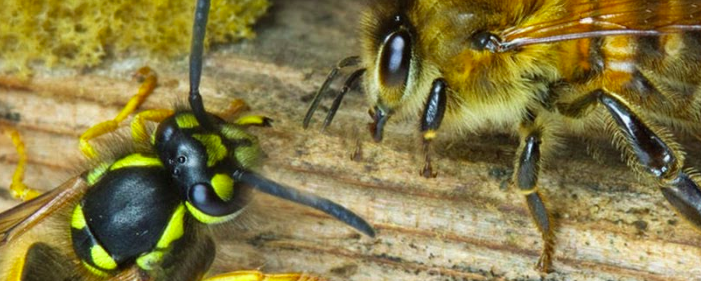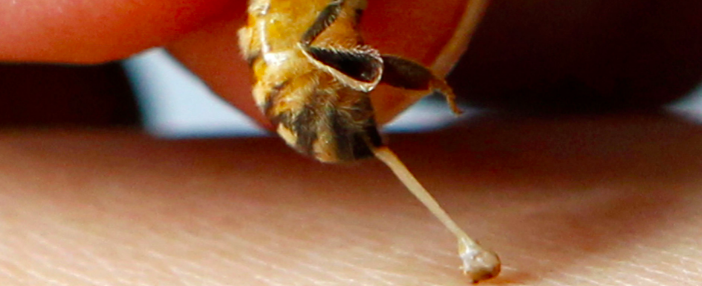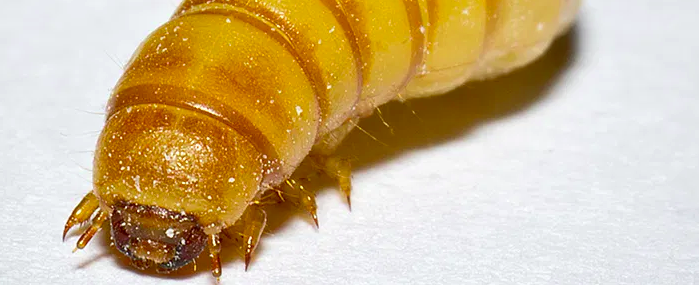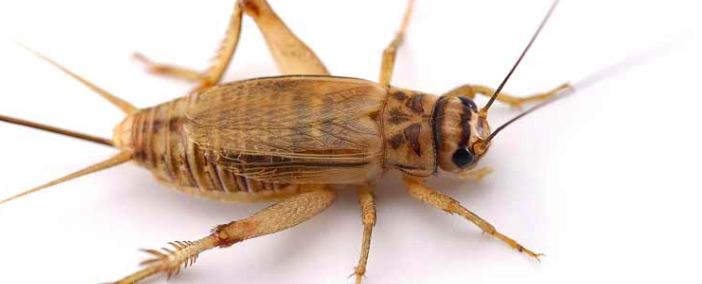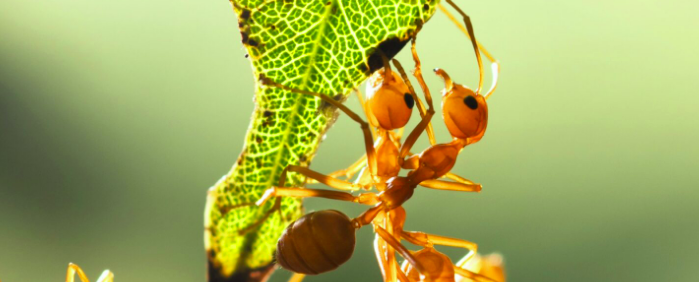
Grey Matters magazine – January 2022
February 5, 2022
Grey Matters magazine – October 2021
February 5, 2022
Grey Matters magazine – September 2021
February 5, 2022
Grey Matters magazine – August 2021
February 5, 2022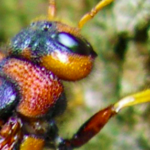
Tremex – Tremex columba – Siricides
August 3, 2021

